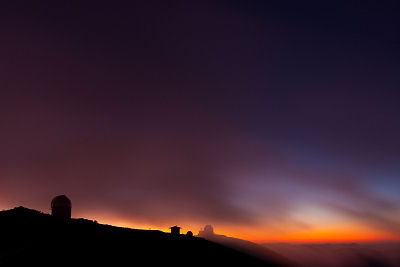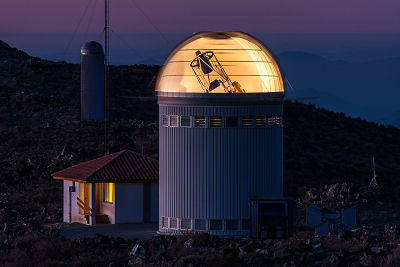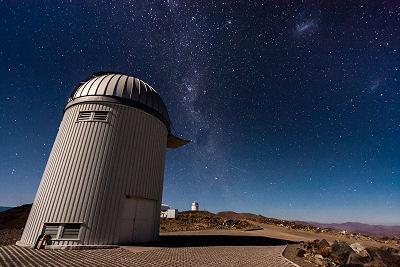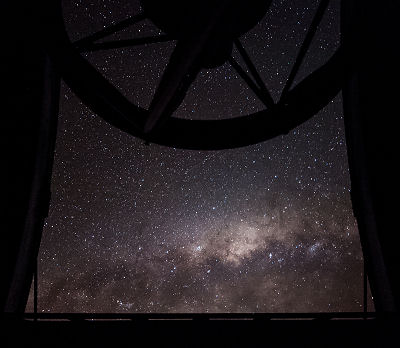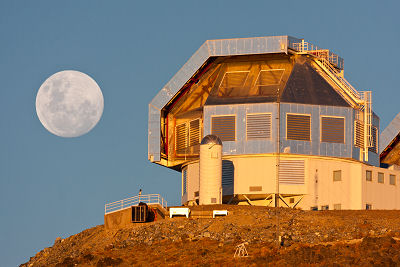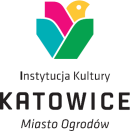|
Strona archiwalna!
Ta strona zawiera treści archiwalne, które nie były zmieniane po 23 września 2019 r. Jeśli chcesz wiedzieć więcej zapoznaj się z deklaracją dostępności
|
||||||
archiwum
 2006 2006
 2008 2008
 2010 2010
 2012 2012
 2014 2014 |
||||||

| ||||||
 |
 |
|||||

|
||||||
| strona główna założenia regulamin kalendarium wskazówki pobierz jury rejestracja zgłoszone projekty galeria gallery | archiwum kontakt | |||||
Description popularizing the research project According to the legends of the Huron and Iroquois the Earth was created as an island in a giant ocean. It was supported on the shell of the Great Turtle, and it was built of sand and mud from the bottom of the ocean. Hence, it was flat. Nations of ancient Mesopotamia shared the view. Ancient Egyptians and Chinese were more precise and claimed the Earth to be square. In early centuries B.C. in Greece and Rome there were already people defending the concept of a spherical Earth. Some more progressive ones even claimed it was not the centre of the Universe. Existence of other celestial bodies was not a secret, as the starry sky suggested otherwise. The following centuries and millennia of the civilisation development, from the first sailing ships capable of circumnavigating the globe, through space ships giving us an opportunity to look at the world from a new perspective, to the telescopes and machines of nearly infinite computing power, brought newer and newer data on the place of Earth in the Space. Our galaxy, even a child knows that, is just a tiny bit of the Universe. Nebulas, black holes, quasars, comets tell firstly of the immeasurable plethora of celestial bodies as well as the physical and mathematical dependences linking them, and secondly of the events which must have taken place in times people's minds find hardly comprehensible. Abstract The Optical Gravitational Lensing Experiment (OGLE) project is a long term astronomical sky survey. Its main scientific goals include the search for extrasolar planets, studies of the dark matter with microlensing phenomena, examination of the Galactic structure and analysis of different time scale variability of hundred millions regularly observed objects. Scientific results of the project are impressive. In 1993 the discovery of the first microlensing events was announced. Since 1992 (when the project began regular observations) up to May 2009 (when the third phase OGLEIII ended) the OGLE project detected: . 20 new extrasolar planets . more than 4000 microlensing events . several hundred thousand new variable stars. The most recent and outstanding scientific achievements include the discovery of the first extrasolar planets with two new photometric techniques: transits and gravitational microlensing (for example the discovery of the counterpart of the solar system and the discovery of the exoplanet with the smallest known mass). During the first phase of the project observations were performed using the 1-m Swope telescope at the Las Campanas Observatory in Chile. The project turned out to be very successful but suffered from many limitations with the most severe one - limited availability of the telescope time. It was clear from the very beginning that a dedicated telescope and new generation instruments are necessary to accomplish the main goals of the project. The modern 1.3-m Warsaw Telescope was built at the same observatory. This location provides excellent climate conditions and visibility of Magellanic Clouds and Galactic centre. Regular observations started on January 6, 1997. The main instrument - a wide field CCD camera - is regularly upgraded. Since 2009 observations have been carried out using the third generation of 32-chip mosaic CCD camera - one of the largest scientific instruments of this kind worldwide. The collected data are regularly placed in the public. \ |
|
|||||

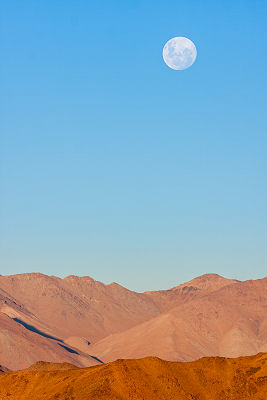
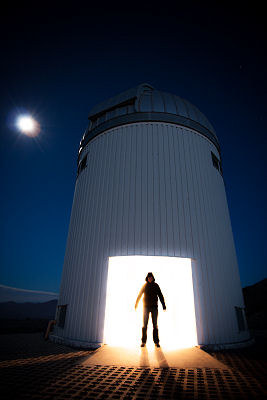
 The entrance to the telescope building during moonlit night
The entrance to the telescope building during moonlit night